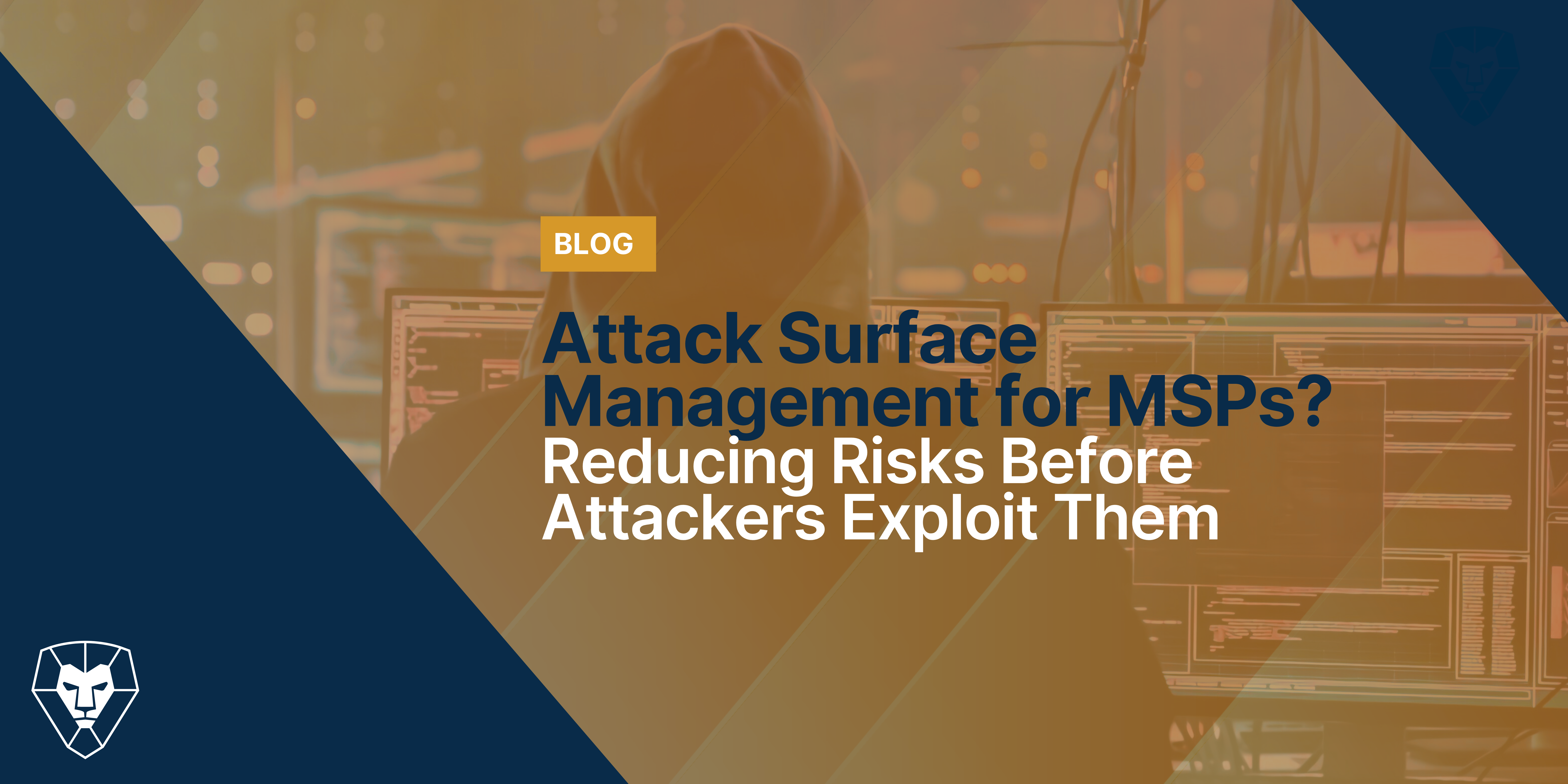
What Threat Actors See: A Hacker’s Perspective on Your Clients’ IT Stack
As an IT Service Provider, your role extends beyond managing and optimizing IT environments—you must also protect them. However, while you focus on attack surface management for MSPs, cybercriminals view these same environments as a network of exploitable opportunities. Without the right attack surface reduction tools, your clients’ security posture remains at risk.
Attack Paths: The Road of Least Resistance
Hackers don’t target well-secured systems. Instead, they seek out weaknesses—an outdated firewall rule, an unapproved SaaS application, or an unmonitored cloud instance. Attack surface monitoring helps MSPs identify and mitigate these vulnerabilities before they are exploited.
For service providers, security threats extend beyond endpoints and firewalls. The modern attack surface includes:
- Cloud applications and remote work setups that extend beyond traditional perimeter defenses.
- Third-party integrations and vendor access that introduce hidden vulnerabilities.
- Shadow IT—services and tools adopted without IT approval—creating security blind spots.
Without a comprehensive attack surface management strategy, MSPs risk leaving these areas exposed to cyber threats.
Questions MSPs Should Ask:
- Do you have a complete inventory of client identities, devices, and software applications?
- Are there inactive accounts or old credentials that could serve as entry points for attackers?
- Are security configurations regularly reviewed and updated, or are they neglected?
- Is documentation comprehensive and up-to-date for all critical tools?
What you don’t know about your clients’ environments can create vulnerabilities—and that puts your business at risk, too.
The Attack Surface Mindset: Thinking Like a Hacker
The best way to defend clients is to see their environments from an attacker’s perspective. Instead of asking, “Do we have the right security tools?” MSPs should ask, “What would a hacker see if they scanned this stack?”
Adopting an attack surface management approach shifts MSPs from being reactive to proactive by:
✅ Continuously monitoring client environments—including networks, endpoints, and the cloud.
✅ Detecting misconfigurations before attackers do—because default settings often leave security gaps.
✅ Eliminating shadow IT—because unapproved tools create unmonitored vulnerabilities.
Cybercriminals rely on these weaknesses. But the most successful MSPs use attack surface reduction tools to detect and close these gaps before they can be exploited.
The Choice: Reactive or Resilient?
Security isn’t just about prevention—it’s about preparedness. Every client has an attack surface, and MSPs must decide: wait for attackers to find the gaps or identify them first.
By shifting to an attack surface management for MSPs mindset and using attack surface monitoring tools, service providers can eliminate attack paths before they become entry points. True cyber resilience doesn’t come from adding more security solutions—it comes from understanding what attackers see and staying ahead of threats.
Are you ready to take control of your clients’ attack surface before cybercriminals do?